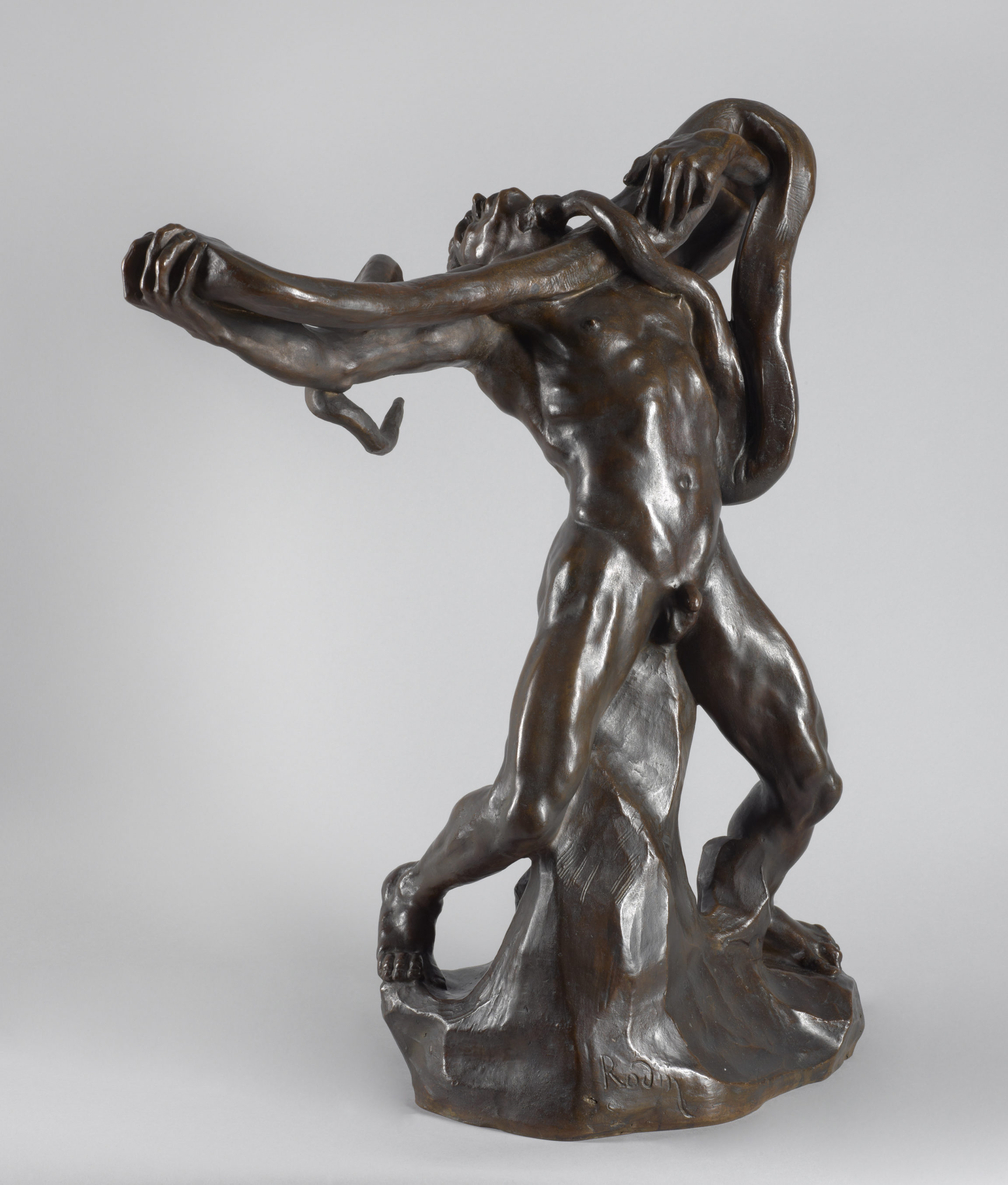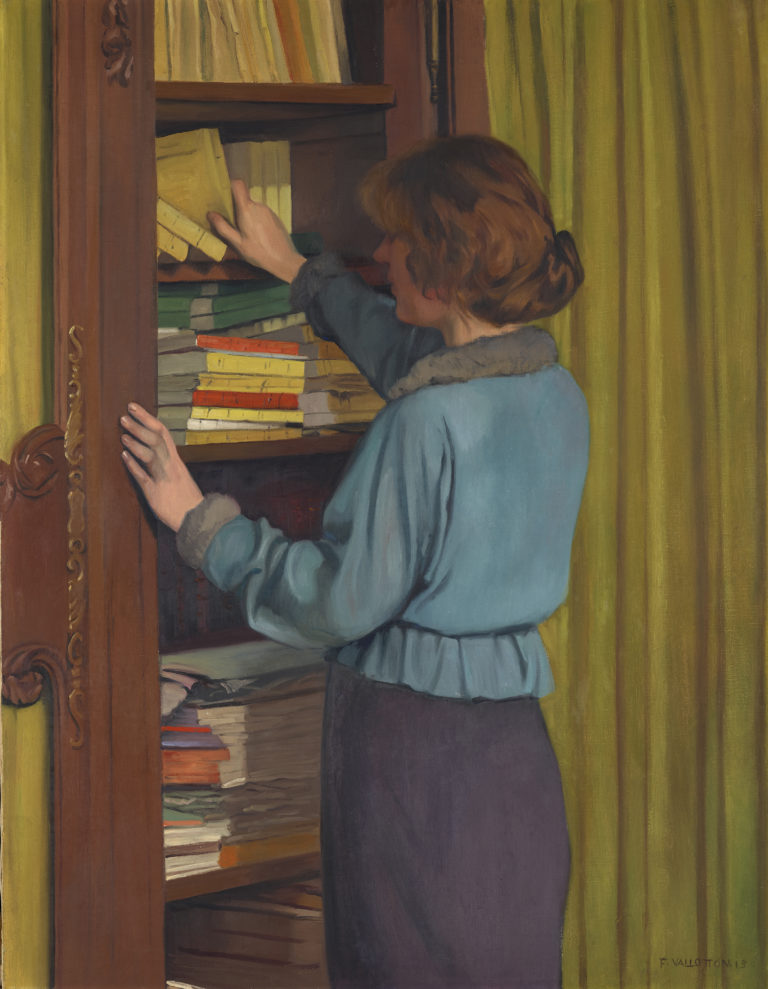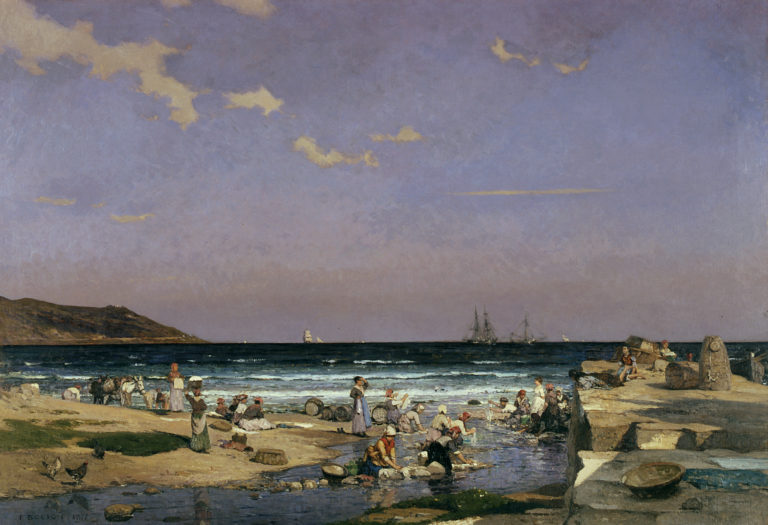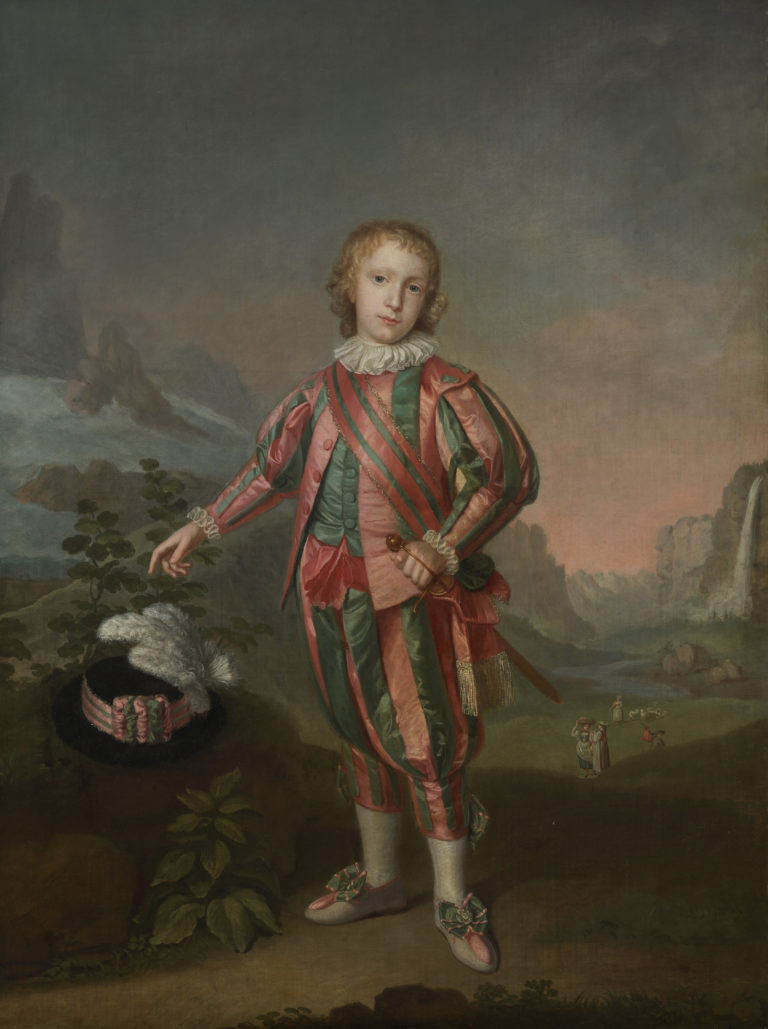Bibliography
François Blanchetière (ed.), L’Enfer selon Rodin, exh. cat. Paris, Musée Rodin, Norma Éditions, 2016: n. 145.
Dominique Lobstein, ‘Antony Roux et Alfred Baillehache-Lamotte, collectionneurs de Rodin,’ in Bulletin de la Société de l’histoire de l’art français 2001, 2002: 325-350.




This sculpture could have been inspired by Dante’s description of the damned fighting with snakes, as here, in Canto XXV of the Inferno: ‘As we watched, a six-foot-long snake slithered up and began to wrap itself around one of them. It twisted up his body.’
The work is striking by virtue of its impeccable rendering of the male anatomy, the dramatic expression of a man battling against an animal, and the powerful yet sensitive modelling of a body thrown backwards, making it a noteworthy example of Michelangelo’s influence. Antiquity, too, is evoked in the manifest reference to the Hellenistic sculptural group, the Laocoon. Above all, the subject is inseparable from the two-hundred figures and groups modelled by Rodin over the years for his Porte de l’Enfer (Gates of Hell), commissioned by the French State in 1880. Although this was never finished, it did constitute a rich repertoire for the artist’s new creations. L’Homme au serpent can be set beside L’Homme qui tombe (Falling Man, c. 1883), a figure attached to the lintel in the bronze version of the Gates of Hell that was cast after the sculptor’s death.
The plaster version of L’Homme au serpent (c. 1882–3, Williamstown, USA, Clark Art Institute) was spotted by the collector Antony Roux in Rodin’s studio in 1885. This fervent admirer was in the habit of demanding that he be the exclusive owner of his acquisitions. On 28 January 1887, he wrote to the master: ‘You asked me for two thousand francs for the man with the snake, moulded and cast in bronze. I agree [on the condition that] I should remain the only owner of this group of the man struggling against the snake. You retain the right to use the man figure, but with modifications in the pose and without the serpent.’ Rodin accepted, which is why there is only one example of this bronze cast by François Rudier, making it quite an exceptional work.